Today we will be taking a look at a product that we have been using for well over a year now here on LensVid and it has become one of the most important tools in our arsenal. In this video, we hope to explain exactly why and why you might want to own one as well.
The C-800 is the most recent iteration of Sekonic’s spectrometer. This device is different than the light meters the company, which recently celebrated its 70 year anniversary, is typically known for as it is designed to measure Illuminance, analyze the light for color temperature as well as provide light quality information that can be used to match different lights.
Before we start, this review was not designed to be an exhaustive user guide, there are already some good ones online (see Scott Dumas video for example) but more of a look at the main features compared to the previous generation and a look at how and why we use it for our own work.
The Sekonic C-800 spectromaster
Sekonic C-800 vs. Sekonic C-700
Back in 2017 we tested the previous version of this spectrometer, the Sekonic C-700 and in many respects, this unit is still a fantastic tool even today and we suggest you check that review as well.
We are not going to repeat some of the more basic things we covered there about the operation of the units which is fairly similar. It’s worth mentioning that our C-700 still works just as well as the day that we got it more than 5 years ago, these devices are really built to last.
With the introduction of the C-800 in 2018, several important improvements have been introduced that provide users with information that was never available at the consumer/prosumer level up until that time.
Let’s start with what didn’t change. Externally both the original C-700 and C-800 are pretty much identical which is mostly good as they are both robust and fairly simple to use devices although we do have a few reservations which we shall discuss later.
Turning both devices on we can see that, unlike the C-700, the C-800 doesn’t require the annoying dark calibration every time you turn it on after a period of not using it, which seems to happen exactly when you want to get a quick reading and slows you down (you can still do dark calibration from the settings).
Both devices have the power button and memory save button on the left and a measuring button on the right. It took us some time to discover that you can actually make a continuous reading by holding the measuring button down. The light receptor part on the top of both units twists which are very useful.
The main screen looks similar but upon closer inspection, you will notice that you now have 12 icons instead of 9 with all the new measurement methods added on the C-800 which includes the TM-30, SSI, and TLCI as well as a new CRI comparison mode.
The main screen of the C-800
The most used icon on both devices, at least in our case, is the text icon which displays all the measurement results in a text format. Just like with the previous unit you have 5 slots that you can change in order to show the specific results.
We have suggested to Sekonic to include the option to add pages so that you can see more than these 5 results quickly, especially since there are now a lot more of them and the only option to see them all is to constantly switch icons or download the info to the computer.
We will be remiss if we didn’t mention that both the C-700 and C-800 use resistive touch displays which can be used with gloves and might be a bit more resistant to dust and water spray but are less touch-sensitive and we find ourselves having to retouch icons from time to time for our selection to be registered. If this happens to you, try using your fingernail to press the screen.
The C-800 also kept the outdated mini USB connection for transferring data to the computer. At this point, we would really want to see USB-C and even more so some sort of wireless connectivity and we will talk about this later in the article.
Viewing the results on a computer means that you need to connect a mini-USB to the computer, you will need to get a cable as the unit doesn’t come with one for some reason, and using the software which you can get from the Sekonic site, download the data that you saved on the unit and view it as images and in spreadsheet form.
This method is fine if you are not in a rush and we have used it to collect and display information for all of our lighting reviews here on LensVid for the past year or so, but if you are in the field getting the full data recorded by the device can be a challenge.
The new measurement methods
With the C-800 we can now finally measure different types of RGB lights which have become much more common in the last few years and we have tested quite a few since we got our unit. Just keep in mind that when testing RGB lights some readings will always register as under/over.
As we mentioned, maybe the most important change with the C-800 is the new measurement methods which are meant to be more accurate than CRI. These include TLCI/ TLMF, TM-30-18, and SSI.
Just as we were getting ready to finish this article, Gerald Undone posted a video talking in-depth about the differences between these measurement standards so if you are into the really nerdy stuff feel free to check his video.
In brief, though, CRI and to a degree TLCI is based on a comparison of the reading to a small number of known colors (15 or 18 colors in the case of TLCI) and it seems that some lighting manufacturers have learned how to “rig” the system and in some cases can have a light produce a CRI reading of 95 and up for a light which isn’t really that color accurate (Undone had a valid point in his video saying that if the light gets a poor CRI it’s probably bad, but getting a good score doesn’t really tell you enough about the light’s quality).
To get more accuracy the TM-30 system was developed which uses 99 colors as well as a reading of saturation. This method produces two readings: RF for the color which goes from 0-100 and RG for saturation which goes from 60-140 with 100 being the sweet spot.
The TM-30-18 mode screen
While TM-30 is certainly a far superior measuring method compared to CRI, it is still based on human vision. Here comes SSI or Spectral Similarity Index into the picture. This relatively new method developed by the Academy of Motion Picture Arts and Sciences was specifically developed in order to address issues with CRI and TLCI (see here).
SSI is not based on human vision (or some idealized camera like TLCI) and it also does not assume any specific spectral sensitivities. Instead, it compares the spectrum of the test light to a reference light source, with the result measured on a scale that goes up to 100 which will basically mean a perfect match.
The way we use the C-800 to test SSI is by comparing each light that we test to either CIE D55 (daylight) or 3200K tungsten standard sources stored on the C-800 list (Sekonic has a nice demo video on this starting from 12:20 – here).
SSI was designed from the ground up as a comparison tool so you can also use it to compare a new light to an existing light that you have and see how well they match (for example if you have a light that you are used to working with and want to test and see if a new light is close enough).
Like with TM-30 RF the range of the reading goes from 0-100 with 100 being a perfect match. Just a note, most of the lights we tested so far rated in the low 70s compared to standard daylight. It will be interesting to see when LEDs will reach 80 or even 90 daylight SSI scores.
The SSI mode screen
How we use the C-800?
The C-800 is an extremely versatile device and professionals use it in a variety of situations. We can never cover all of them here but we can share how we use the C-800 and while our use case is somewhat unique we think that at least part of what we do with this unit might be relevant to some users.
- Test every light we use – as a review site the C-800 is our primary tool for testing lights and we test a new light at least once a month if not more. While this does not necessarily apply to most photographers and gaffers, knowing your gear and how it performs, especially if you often rent lights or buy new ones is hugely important and can save a lot of headache in post-production.
- Have the ability to mix lights – The C-800 can really help when trying to work with several different lights at the same time. There are a number of ways to do this using gels and the C-800 gives you the exact one that you need but you can also use it to correct green or magenta in your light if they support this function. Robert Machado has two useful videos on this topic worth checking out (see here and here).
- Choose the correct color temperature for the camera – One thing that we have been doing since we started using the C-700 is checking the exact color temperature before we start shooting and setting the camera to that temperature.
Remember, the fact that you set your lights to a certain color temperature doesn’t mean that this is exactly the temperature that you will get and lights can sometimes be several hundred Kelvin over or under the setting you entered especially when using diffusion. - Use outside our studio – Although most of our work for LensVid and our work on product and food commercials is done in-house in our studio we do some work in other locations.
We recently consulted with a dancing studio that wanted to produce their own videos that had some really terrible RGB lights and the C-800 was precisely the tool we needed to help them understand the problems they were having with lighting, something that we could not do any other way.
Using the C-800 to test the light in a scene in our studio
Conclusion and who do we recommend the C-800 to?
As we hope you have seen the Sekonic C-800 is an extremely capable and versatile unit with a host of capabilities and benefits.
We would highly recommend the unit to anybody who works professionally on a set and needs to know the precise Illuminance, color temperature, and light quality of the lights in a scene.
Does this necessarily limit the target audience to Hollywood productions and high-end commercial work? In our opinion no. We believe that lots of small independent filmmakers and video productions who operate in different lighting conditions and different light setups will find the C-800 invaluable to what they do, just like we do.
So do we recommend the C-800 to every video shooter? in theory, yes. In practice, however many will find its price tag well over what they can afford and that might be the biggest drawback to this otherwise fantastic tool, but we can promise you one thing, if you do choose to invest in one, you are not going to regret it and it will serve you well for a long time.
Pricing
The Sekonic C-800 currently sells for $1600 on the company’s website (it is also available on B&H).
Epilogue: our Spectrometer of the future
While the C-800 is an extremely robust tool that we would love to be able to recommend to every video shooter, there is no way around it, it is a high-end professional product that not everybody can afford.
What we would love to see from Sekonic in the future is a much more affordable “mobile” version that is reduced to the bare minimum: sensor, battery, and a wireless Bluetooth transmitter (no large touch screen or interface).
This small unit should be able to do most if not all of the things that the full-size C-800 does but via an app that will also be able to save and share test results in a much easier way (and send them to the cloud).
The way we see this, although Sekonic might not make as much money per unit on this new device, it will be able to sell a LOT more units, especially if these will be priced correctly (sub $500 seems right to us) and reach a much broader target audience.
You can check out more LensVid exclusive articles and reviews on the following link.

You can support LensVid by shopping with our affiliate partners
Affiliates: Amazon, B&H, Adorama and E-bay.
Why should you trust us?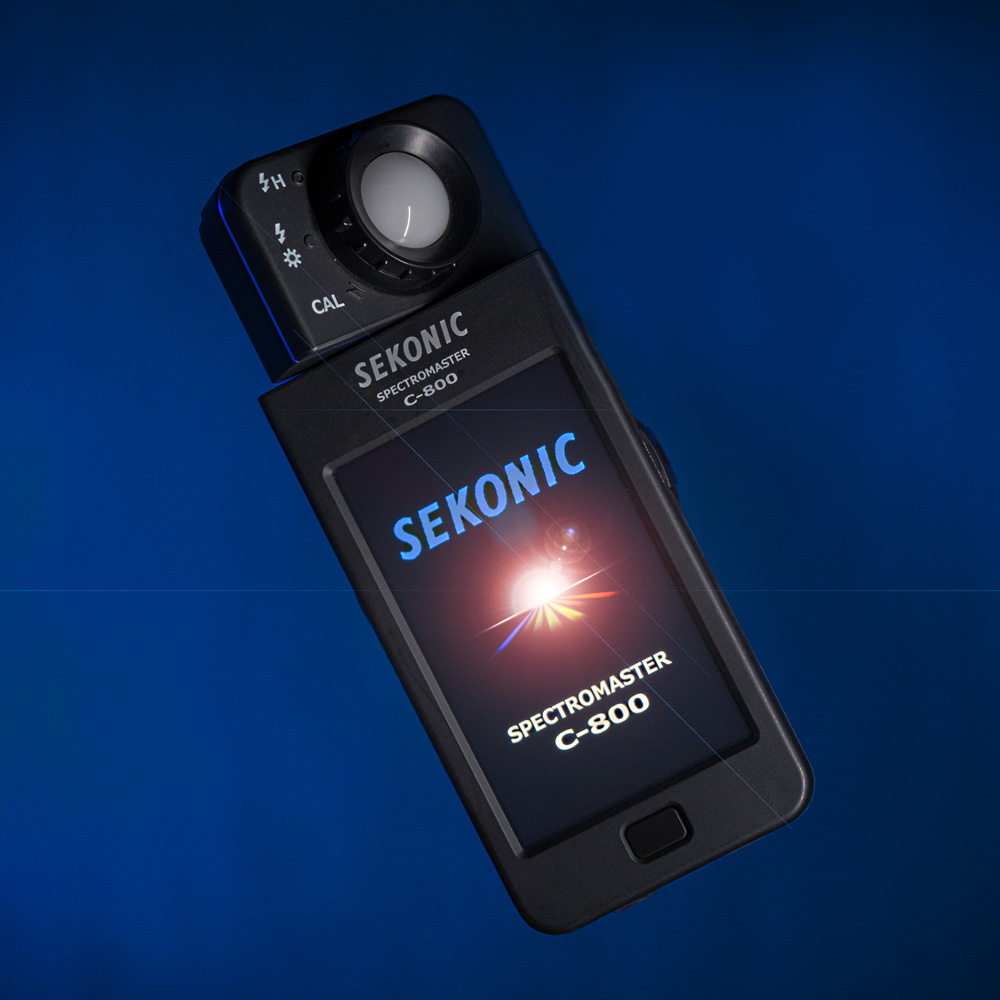
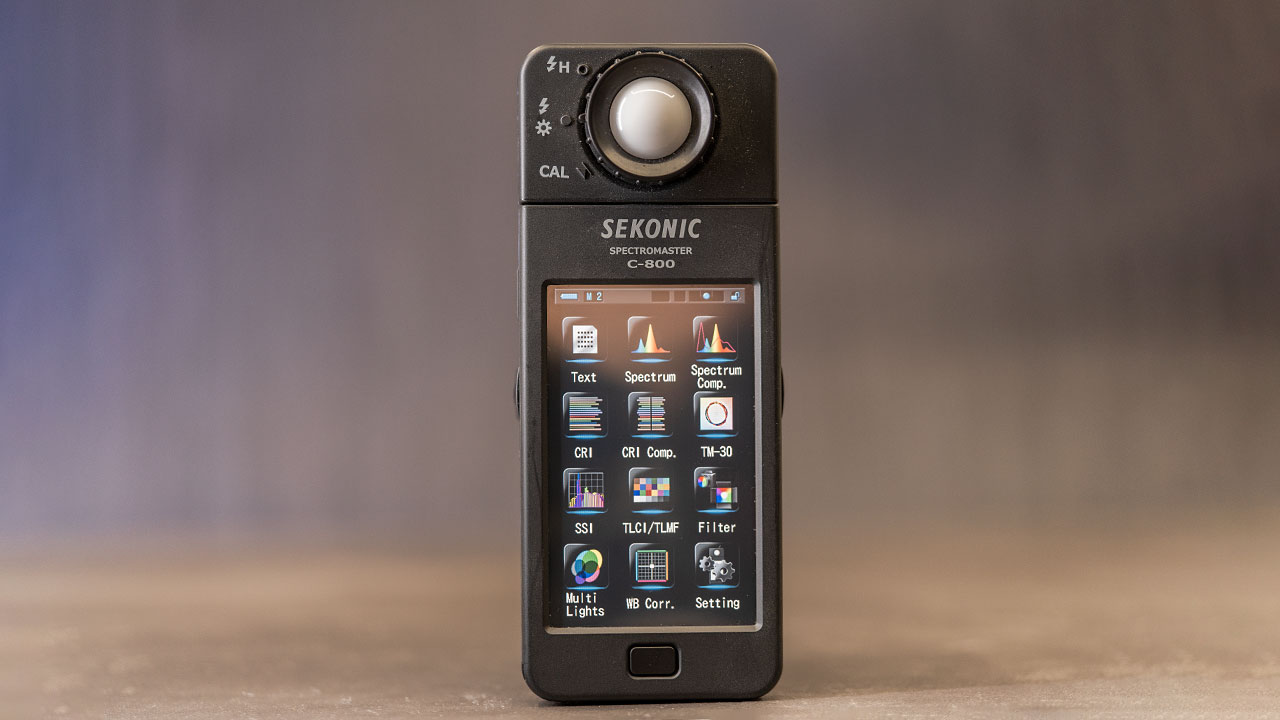
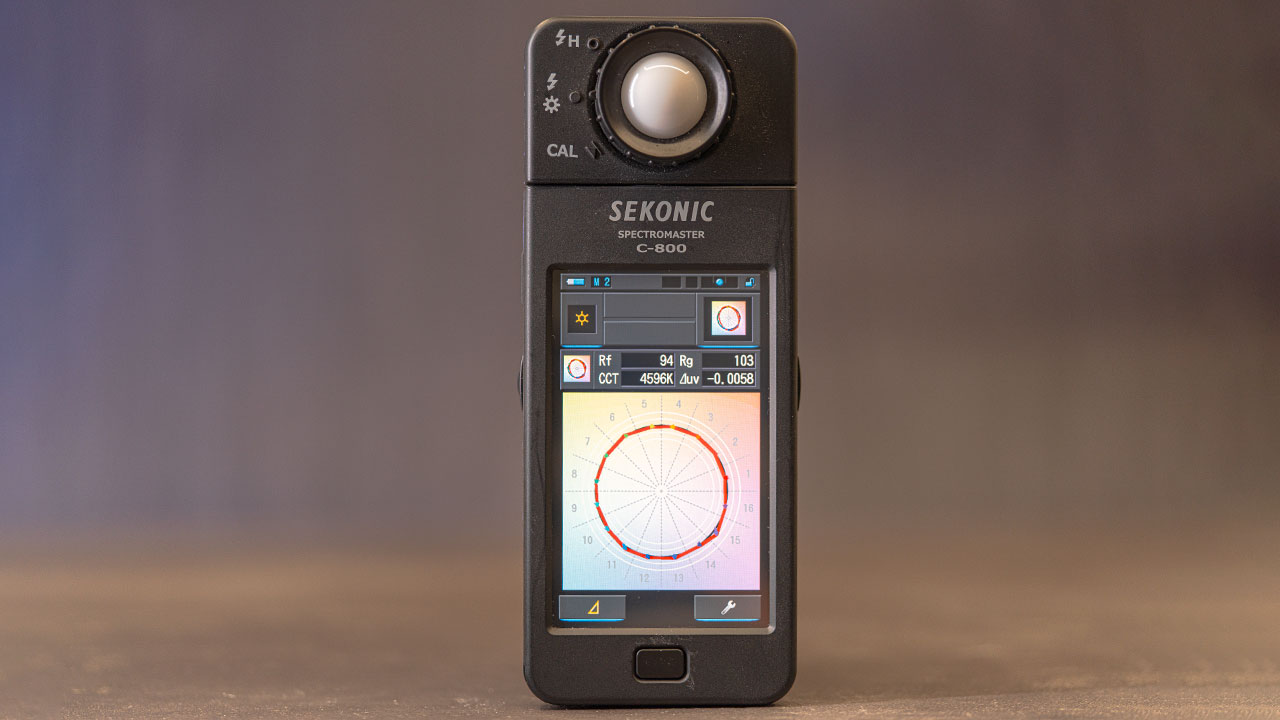
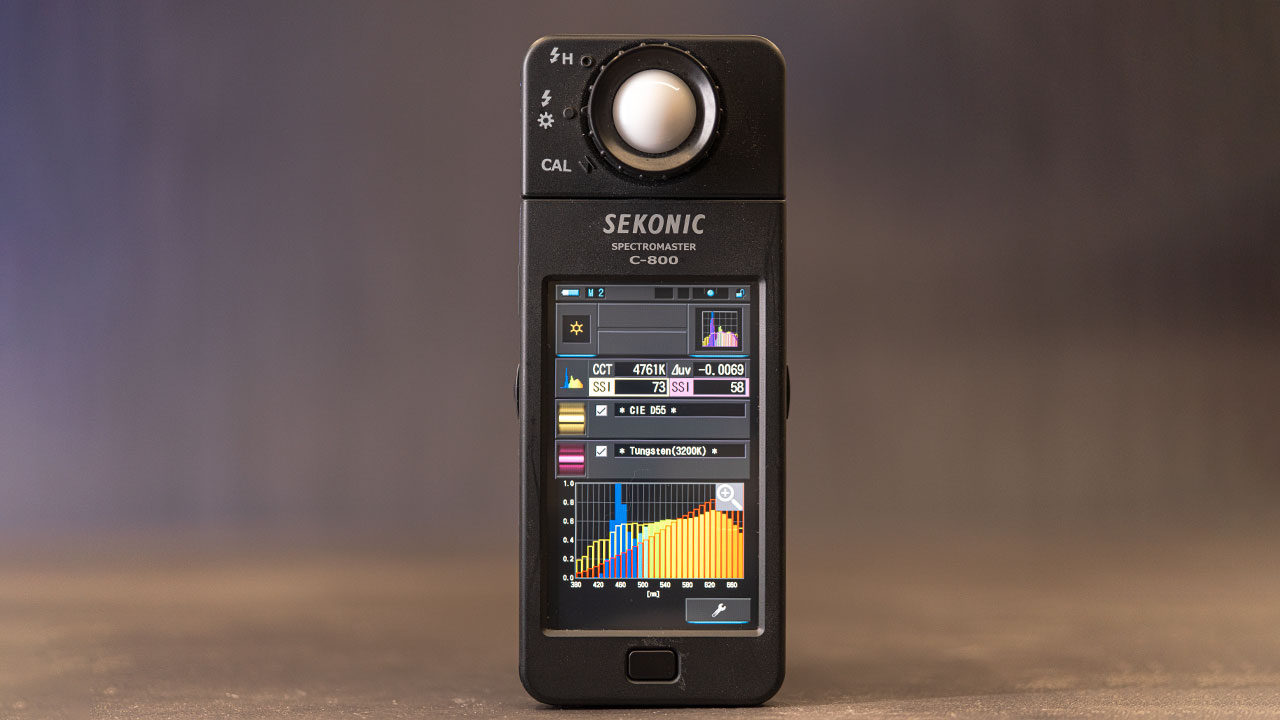
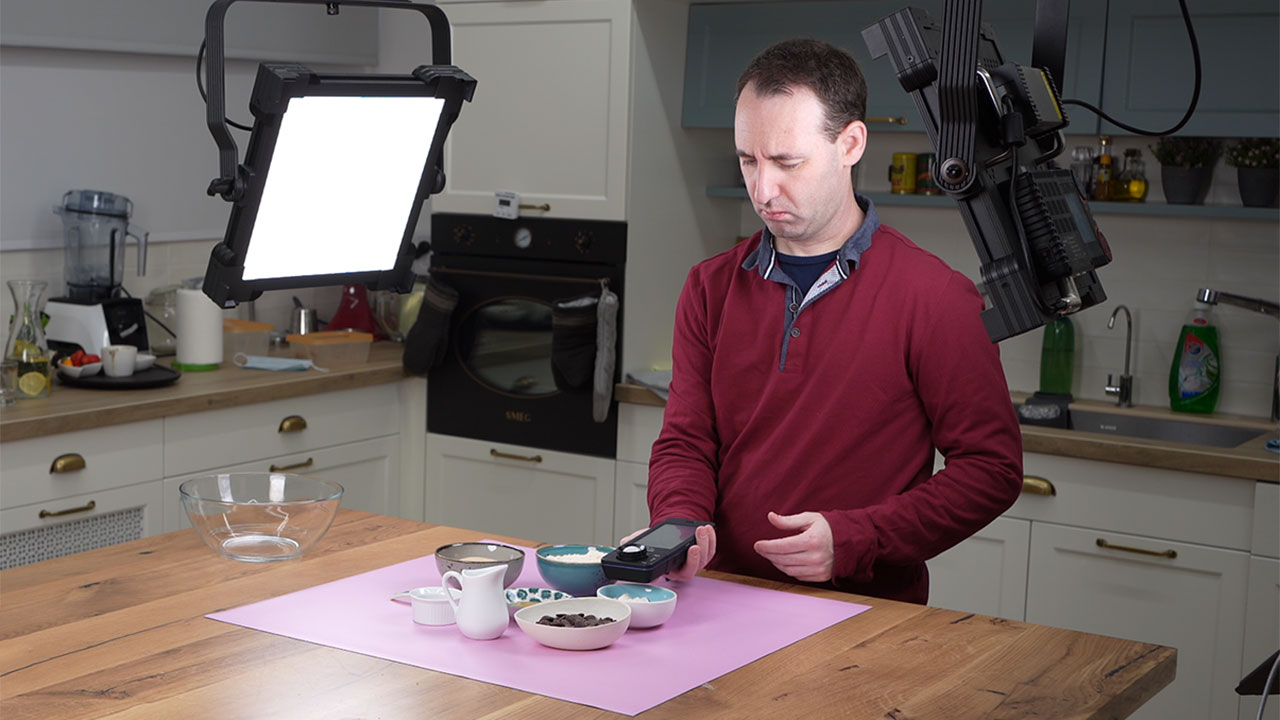
hi…, thanks for those informative video and review….
just wonder.., in your opinion, is it worth buying for photographer like me who do wedding and event photography ….?
No, I don’t think so. It is a fantastic and very useful unit but it is very expensive and I am not sure how it can help with what you are doing exactly…